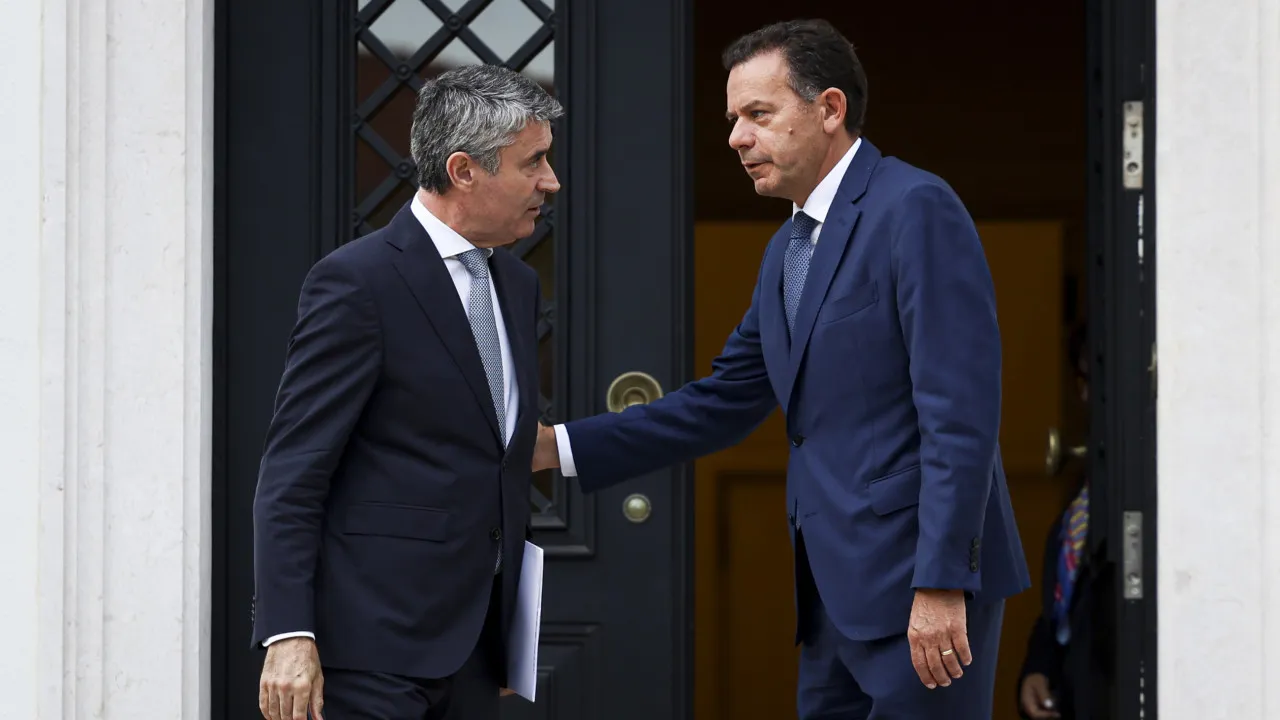
Since U.S. President Donald Trump resumed office in January with a promise to use additional tariffs against various territories as a weapon in the trade war, he carried through with measures against the EU in March.
The European Commission, responsible for the EU’s trade policy, had always expressed readiness to “fight back,” but failed to achieve the desired result of zero tariffs between the EU and the United States.
However, on Sunday, tensions were eased with a trade agreement setting U.S. tariffs on European products at 15%. This agreement also included EU commitments to purchase U.S. energy valued at $750 billion (approximately €642 billion), invest an additional $600 billion (€514 billion), and increase purchases of military equipment.
Diplomats in Brussels viewed this agreement as establishing the “lowest possible tariffs” and as an “opportunity to stabilize transatlantic relations,” as the EU and the United States are the world’s largest trading partners. Nonetheless, the EU had aimed higher, hoping for zero tariffs on industrial goods, as previously proposed by the European Commission.
A single tariff of 15% was achieved for most goods exported to the United States, as opposed to the 30% threatened by Donald Trump. Strategic sectors like semiconductors, aerospace components, and certain pharmaceuticals were exempt.
Timeline of Key Events Over Recent Months:
January 20
Republican Donald Trump begins his second term as President of the United States.
Days later, he announces 25% tariffs on Canadian and Mexican products and 10% on Chinese products.
The European Union is mentioned but not taxed. The EU expresses concern over potential targeting in sectors like steel, aluminum, machinery, and automobiles.
March 12
The United States imposes 25% tariffs on steel and 10% on aluminum for all countries, including the EU, as previously done during Trump’s first term.
The EU announces equivalent retaliation measures but suspends them for 90 days to allow negotiations.
March 13
Trump threatens a 200% tariff on European wines and beverages. The EU considers a proportional response and notes potential incompatibility with the World Trade Organization (WTO), despite preferring a negotiated approach.
March 26
Trump imposes a 25% tariff on imported cars and automotive parts from the EU.
April 2
U.S. tariffs of 25% on EU cars take effect.
Trump unveils a global reciprocal tariff program, including 20% on imports from the EU, set to start on April 9.
April 7
European Commission President Ursula von der Leyen proposes zero tariffs on industrial goods between the EU and the U.S., seeking feedback from EU companies on countermeasures.
April 9
Trump announces a 90-day suspension of new tariffs on over 75 territories, including the EU, as trade negotiations proceed.
April 10
The European Commission welcomes the U.S. announcement and officially suspends all retaliatory measures on steel and aluminum tariffs for 90 days, urging a return to the 2021 quota agreement.
April 11
The European Commission reveals initial economic assessments of U.S. tariffs on the EU.
Their calculations indicate that new U.S. tariffs imply losses of 0.8% to 1.4% in GDP by 2027, compared to 0.2% for the EU.
In the worst-case scenario, permanent tariffs or further countermeasures could result in greater economic effects, with losses up to 3.1% to 3.3% for the U.S. and 0.5% to 0.6% for the EU.
Globally, the executive estimates a 1.2% drop in world GDP and a 7.7% decline in global trade over three years.
At the time, tariffs of 25% on European steel, aluminum, and vehicles, along with 20% reciprocal tariffs on the EU, were discussed.
April 14
The European Commission officially suspends EU countermeasures against U.S. steel and aluminum tariffs until July 14 to allow for negotiations.
May 8
The European Commission proposes a list of U.S. industrial and agricultural goods, valued at €95 billion, to be taxed if negotiations with Washington fail, also preparing a WTO dispute.
May 23
Trump announces reciprocal tariffs of 50% on EU goods, initially set for June 1, later postponed to July 9.
The EU begins listing U.S. goods for potential retaliation.
July 9
The informal deadline set by the U.S. for reciprocal tariff negotiations comes and goes, with the administration shifting its focus to an August 1 deadline.
July 12
Trump officially announces 30% reciprocal tariffs on EU (and Mexican) goods starting August 1, reducing from the initially stated 50%.
July 14-21
The EU intensifies preparation for retaliation while emphasizing negotiations at technical and political levels for a preliminary agreement.
Dialogue continues, with initial indications suggesting convergence on a 15% tariff.
July 24
The European Commission adopts a total retaliation package worth €93 billion.
In mid-July, the commission proposed a list of U.S. imports totaling €72 billion to tax if the U.S. imposes reciprocal tariffs.
This included €6.4 billion in agri-food products and €65.8 billion in industrial goods, such as aircraft and parts, automobiles and parts, machinery, chemicals and plastics, medical devices, and electrical equipment.
This followed a €21 billion package announced in March as a response to U.S. steel and aluminum tariffs.
Overall, the EU prepared to impose €93 billion in retaliatory tariffs on U.S. goods.
July 27
Donald Trump and Ursula Von der Leyen meet at Trump’s golf resort in Turnberry, southeast Scotland.
They announce a trade agreement to avoid an escalating trade war.
The parties agree that the U.S. will implement a 15% tariff on most EU exports, rather than the threatened 30%, except for strategic goods (aircraft and parts, chemicals, generic drugs, semiconductor equipment), which have zero bilateral tariffs.
Tariffs on steel and aluminum persist but will be replaced by a quota system.
The agreement remains preliminary and not fully official, with details pending.




